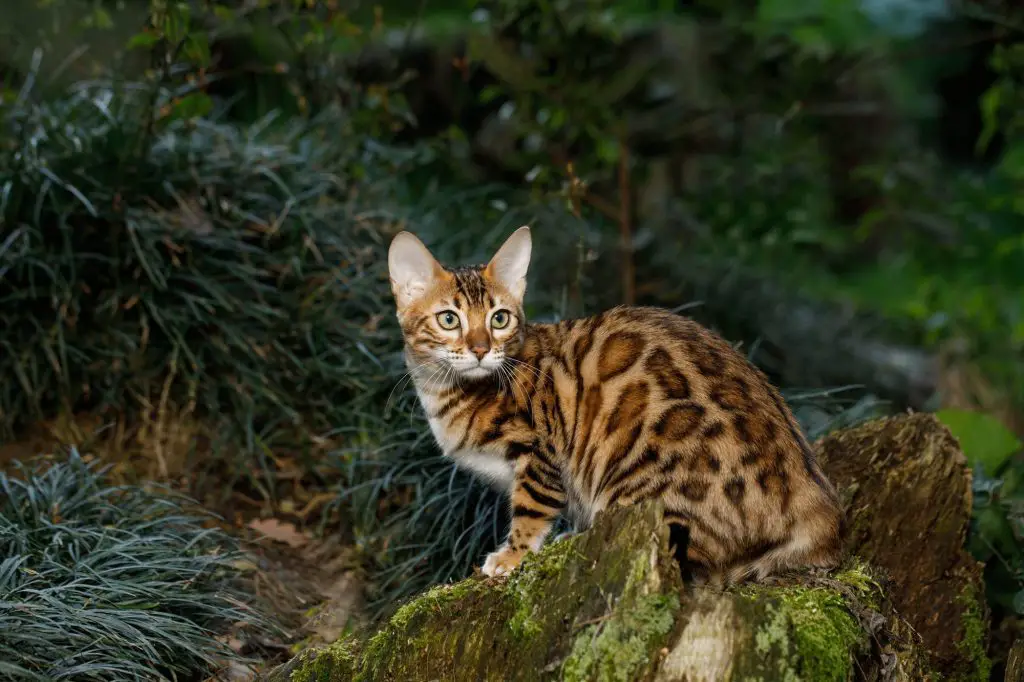The Bengal cat is a cross between an Asian leopard cat and a domestic cat, one of the only domestic cat breeds today with wild origins. This cross-breeding originates back to the late 1800s, when Harrison Weir wrote about them in his book Our Cats and All About Them. This cross-breed was later mentioned in a 1924 Belgian scientific journal and a 1941 Japanese cat publication.
However, none of these cross-breedings seemed to continue beyond two generations, and it wasn’t until many decades later that the Bengal cat would become an official breed.
Jean Mill of California was given credit for bringing the Bengal cat into the mainstream in the early 1970s when she attempted to breed a domestic cat that retained the pelt of the Asian leopard.
The Bengal cat became wildly popular soon after cat enthusiasts learned about the breed, and The International Cat Association officially accepted the breed in 1983, only ten years after Jean Mill first began her breeding efforts.
It’s believed that the Bengal name was derived from the latin name for the Asian leopard, “Felis bengalensis”.
Selective breeding for certain traits continued long after Mill introduced the first official Bengal cat, and various patterns and colors emerged that are also accepted in competition, such as the marbled pattern and silver and snow colors. While most Bengal cats today are the result of breeding Bengal cats together, some breeders still breed first generation Bengals, meaning they cross-breed Bengals with Asian leopard cats. These first generation Bengals are referred to as F1, and further generations are F2, F3, etc. There is significant controversy behind these first generation Bengal cats, and they’re restricted or banned in certain states and cities across the US.
Whatever the case may be, being one of the most popular and lovable cat breeds today, the Bengal cat is here to stay.














